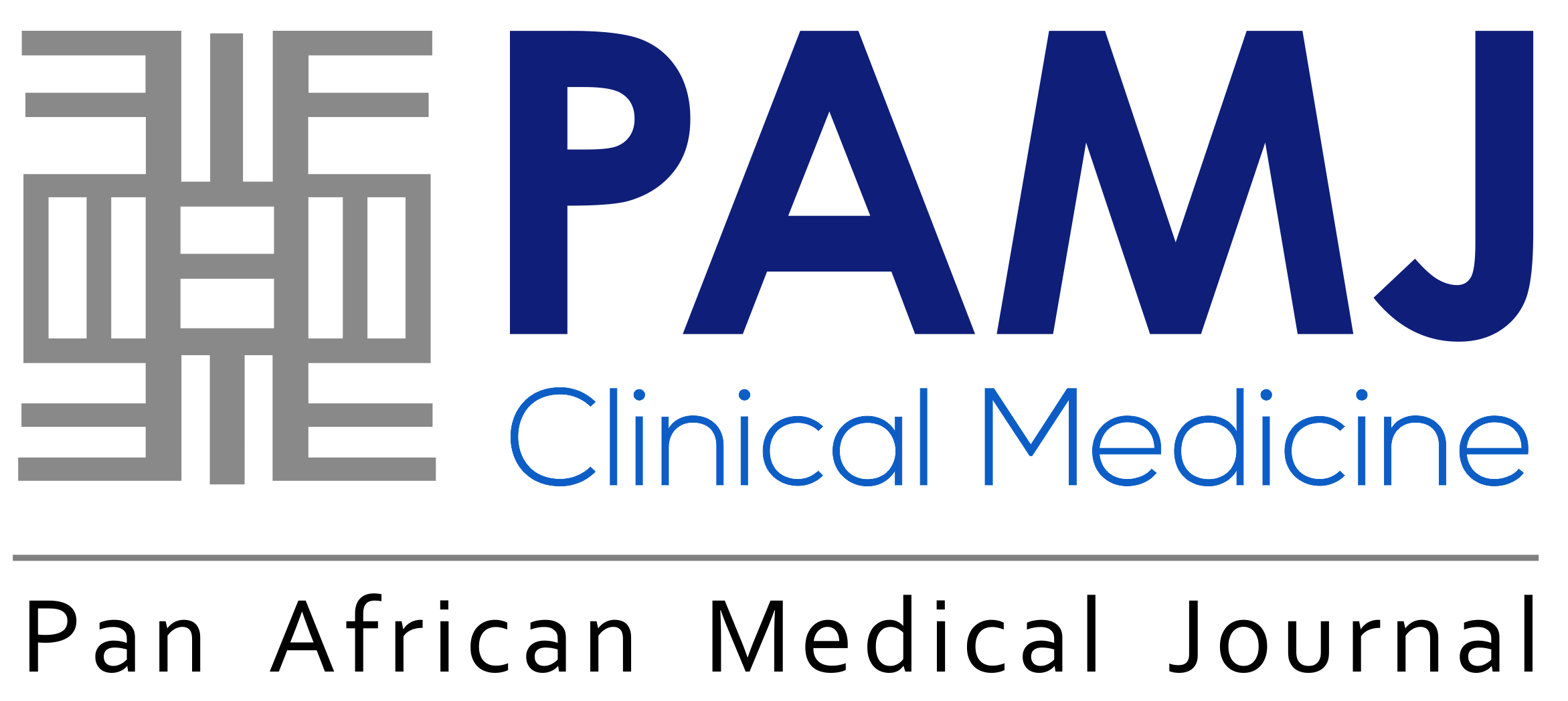Neovascularisation of the lens capsule: a unique finding
Rida El Hadiri , Rim El Hachimi
PAMJ-CM. 2022; 8:2. Published 04 Jan 2022 | doi:10.11604/pamj-cm.2022.8.2.32490

Corresponding author
Rida El Hadiri, Université Mohammed V de Rabat, Centre Hospitalier Universitaire Ibn Sina , Hôpital des Spécialités, Ophtalmologie A, Rabat, Morocco (elhadirireda@gmail.com)
This image
| Articles published in PAMJ-CM are Open Access and distributed under the terms of the Creative Commons Attribution 4.0 International (CC BY 4.0). |  |

eISSN: 2707-2797
The PAMJ Clinical Medicine (ISSN: 2707-2797) is a subsidiary of the Pan African Medical Journal. The contents of this journal is intended exclusively for professionals in the medical, paramedical and public health and other health sectors.
Currently tracked by: DOAJ, AIM, Google Scholar, AJOL, EBSCO, Scopus, Embase, IC, HINARI, Global Health, PubMed Central, PubMed/Medline, ESCI
Physical address: Kenya: 3rd Floor, Park Suite Building, Parkland Road, Nairobi. PoBox 38583-00100, tel: +254 (0)20-520-4356 | Cameroon: Immeuble TechnoPark Essos, Yaounde, PoBox: 10020 Yaounde, tel: +237 (0)24-309-5880





